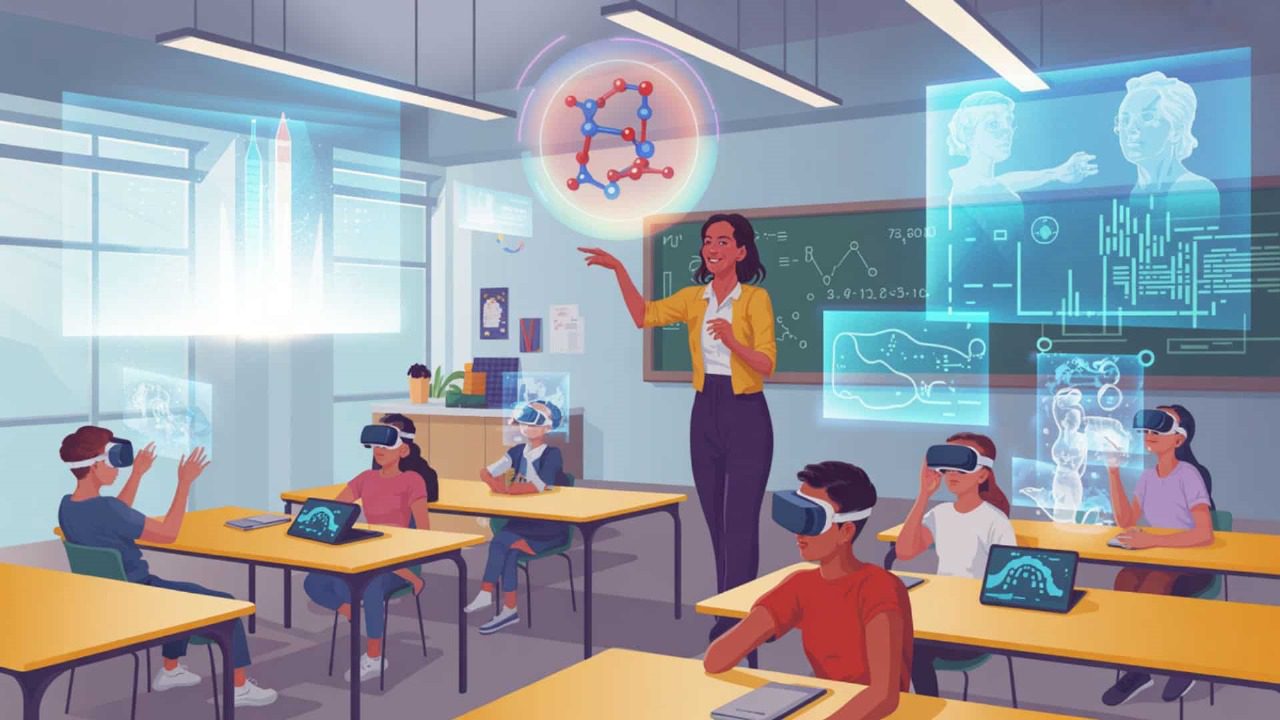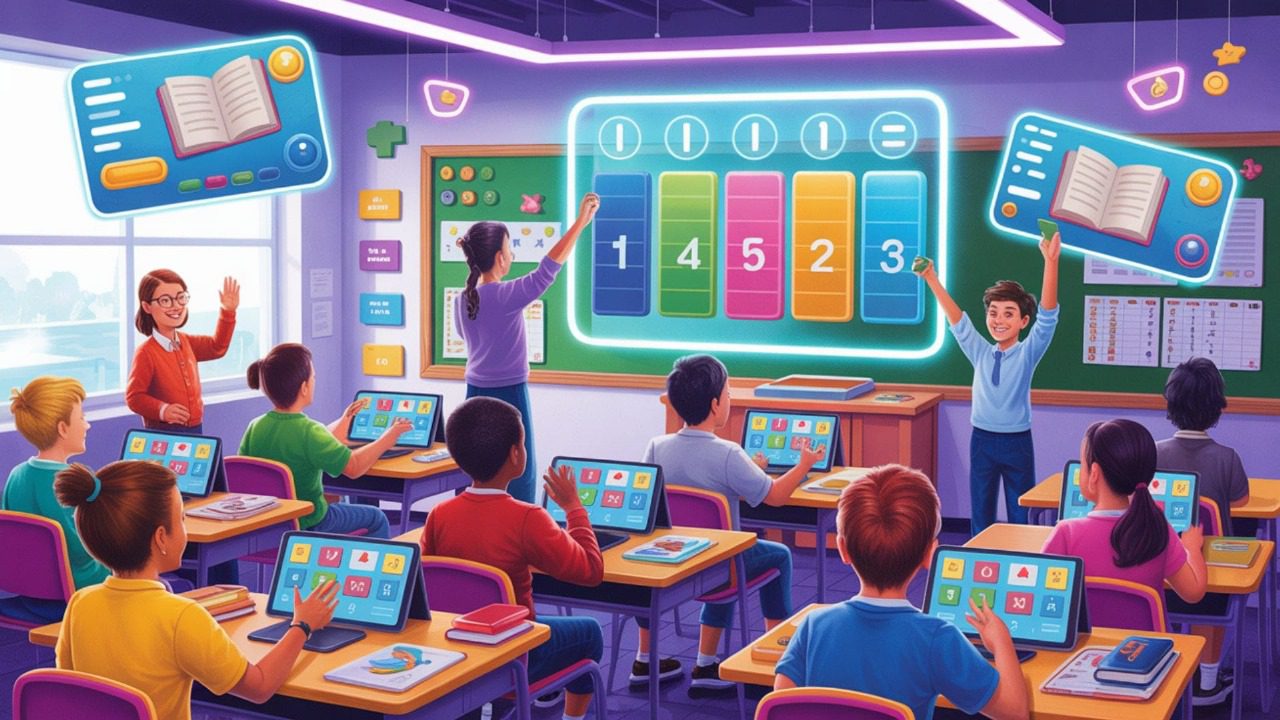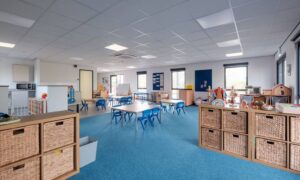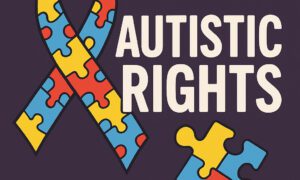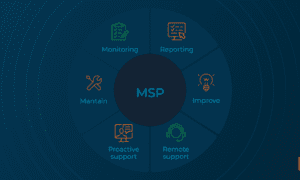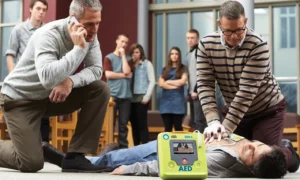As we move further into 2025, one thing becomes clear: classrooms are no longer spaces where students simply listen and memorize. Instead, they are becoming dynamic learning environments where creativity, problem-solving, and real-world relevance take center stage. With the rapid advancement of technology and the evolving needs of modern learners, educators are embracing new teaching methods that make learning more meaningful, engaging, and future-ready.
Innovative Teaching Methods for 2025 Classrooms use new and smart ways to help students learn better. This shift isn’t just about keeping up with trends; it’s about preparing students with the 21st-century skills they need to thrive in an unpredictable world.
So, let’s explore the innovative teaching methods shaping today’s classrooms and the reasons they matter now more than ever.
1. Project-Based Learning (PBL) – Turning Knowledge Into Action!
To start, Project-Based Learning continues to gain momentum in 2025. Instead of traditional lectures, students work on real-world projects that challenge them to research, collaborate, and create solutions. This approach nurtures critical thinking, communication, adaptability, and creativity, skills that employers consistently value.
Whether students are designing eco-friendly products, building digital prototypes, or exploring community issues, PBL helps them connect academic concepts with authentic experiences. It’s a shift from passive learning to active, meaningful engagement.
2. Inquiry-Based Learning – Encouraging Curiosity and Exploration!
Moving on, Inquiry-Based Learning puts student curiosity at the heart of the learning process. Instead of giving answers, teachers encourage students to ask questions, investigate ideas, and explore different perspectives. This method naturally promotes student agency, deep engagement, and self-directed learning.
By guiding students through open-ended questions and real-life scenarios, teachers help learners develop a mindset of exploration, something that stays with them long after the lesson ends.
3. Process-Based Writing – Helping Students Become Better Writers!
Another helpful method for 2025 classrooms is Process-Based Writing. This way, students learn to write step by step instead of trying to finish everything at once. It focuses on how students write, not just what they write. Some students even use an essay writing service to get extra help or examples.
In this method, students:
- Plan their ideas
- Write a first draft
- Fix and improve their writing
- Check for mistakes
- Think about what they learned
By doing these steps, students can organize their thoughts, write better, and explain their ideas clearly. It also helps them write essays, stories, and reports more easily. Teachers can also use simple online tools or AI helpers to give feedback, check grammar, and guide students at every step. This makes writing easier and more fun.
4. Flipped Classrooms – Learning Beyond the Walls!
Another powerful method shaping 2025 classrooms is the flipped classroom model. In this approach, students learn core concepts at home through videos, podcasts, or readings, while classroom time is reserved for discussion, practice, and hands-on learning.
This method not only supports personalized learning but also allows teachers to spend more time addressing individual needs. With more interaction and less lecture time, students experience a richer, more collaborative learning environment.
5. Collaborative Learning – Building Social and Emotional Skills!
At the same time, collaborative learning continues to transform classroom culture. Group activities, peer teaching, and cooperative tasks enable students to share ideas, solve problems together, and build social-emotional skills like empathy and communication.
In 2025, modern classrooms often include flexible seating, digital collaboration tools, and group-based challenges that make teamwork both accessible and enjoyable. This method mirrors the real world, where teamwork is essential across industries.
6. Gamification – Making Learning Fun and Motivating!
Furthermore, gamification has become one of the most effective ways to boost motivation. By incorporating game elements, such as badges, levels, challenges, and rewards, teachers turn everyday lessons into engaging experiences.
Games help reduce the fear of failure and encourage students to experiment, take risks, and learn from mistakes. This approach also strengthens memory retention, problem-solving skills, and classroom engagement.
7. Blended Learning – A Balance of Online and In-Person Instruction!
As technology continues to evolve, blended learning offers a balanced solution by combining face-to-face teaching with digital learning tools. Students can access videos, quizzes, and interactive lessons online while still benefiting from classroom discussions and hands-on activities.
This flexibility supports diverse learning styles and ensures that every student can progress at their own pace. Blended learning also enhances accessibility and makes classroom learning more inclusive.
In 2025 classrooms, students are also turning to extra resources like essays UK to support their learning and improve academic writing. These services can guide students in structuring essays, practicing research, and gaining confidence in presenting ideas clearly.
8. Experiential Learning – Learning Through Real-World Experience!
Finally, experiential learning remains one of the most powerful approaches in 2025. Through internships, community projects, fieldwork, simulations, and hands-on activities, students gain practical experience that deepens their understanding of academic content.
This method bridges the gap between theory and practice, enabling students to build confidence, leadership skills, and practical competence in the real world.
Shaping the Future of Learning:
In the end, innovative teaching methods aren’t just educational trends; they’re essential tools for shaping resilient, adaptable, and confident learners. As classrooms evolve, educators are finding new ways to connect learning with life, ensuring students receive the best preparation for a rapidly changing world.
With approaches like PBL, inquiry-based learning, gamification, collaborative learning, and blended instruction, 2025 classrooms are becoming more vibrant, interactive, and student-centered than ever before.
If there’s one clear takeaway, it’s this: the future of education is not about teaching more, it’s about teaching differently and empowering students to learn with purpose.

